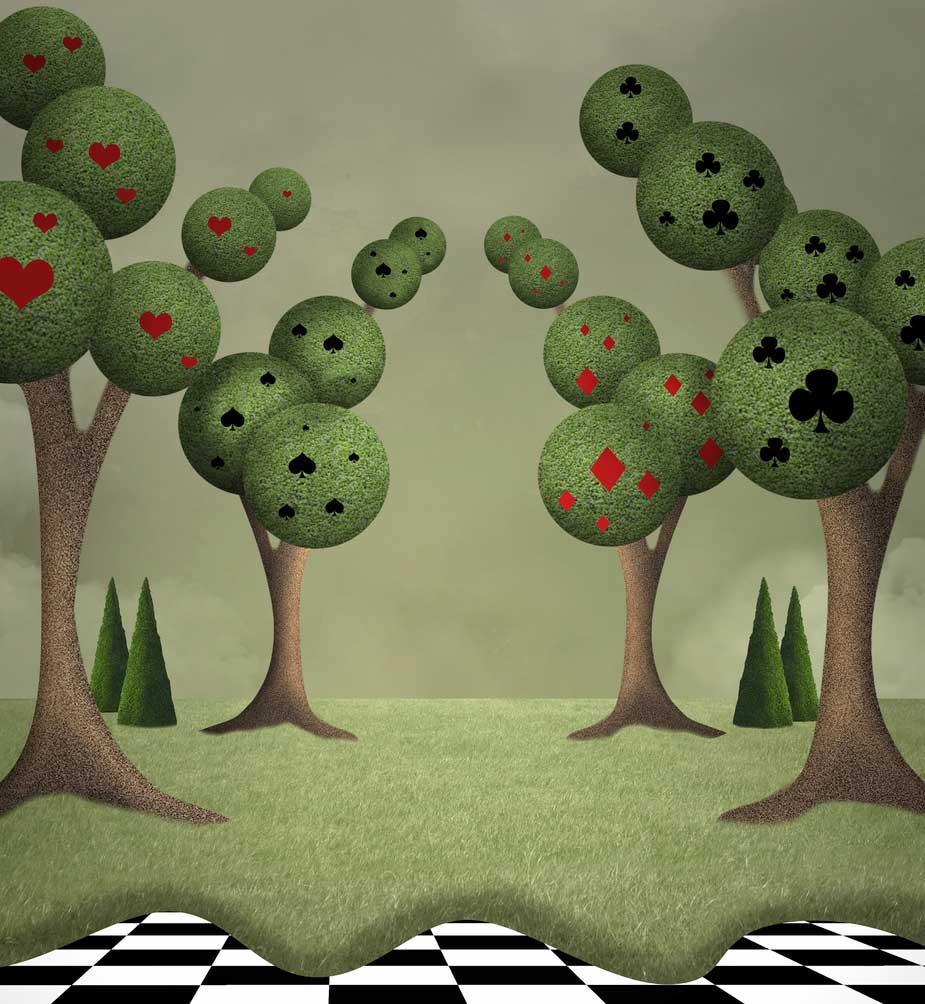prism
nounA solid figure whose bases or ends have the same size and shape and are parallel to one another, and each of whose sides is a parallelogram.
nounA transparent body of this form, often of glass and usually with triangular ends, used for separating white light passed through it into a spectrum or for reflecting beams of light.
nounA cut-glass object, such as a pendant of a chandelier.
nounA crystal form consisting of three or more similar faces parallel to a single axis.
nounA medium that misrepresents whatever is seen through it.
nounAccording to some authors any form having two pairs of parallel faces is called a prism; in this sense the term includes the domes of the orthorhombic system (this name being then restricted to a form having two faces only intersecting in an edge) and the hemipyramids of the monoclinic system.
nounIn geometry, a solid whose bases or ends are any similar, equal, and parallel plane polygons, and whose sides are parallelograms.
nounSpecifically An optical instrument consisting of a transparent, medium so arranged that the surfaces which receive and transmit light form an angle with each other: usually of a triangular form with well-polished sides, which meet in three parallel lines, and made of glass, rock-salt, or quartz, or a liquid, as carbon disulphid, contained in a prismatic receptacle formed of plates of glass.
nounIn crystallography, a form consisting of planes, usually four, six, eight, or twelve, which are parallel to the vertical axis.
nounIn canals, a part of the water-space in a straight section of a canal, considered as a parallelepiped.



